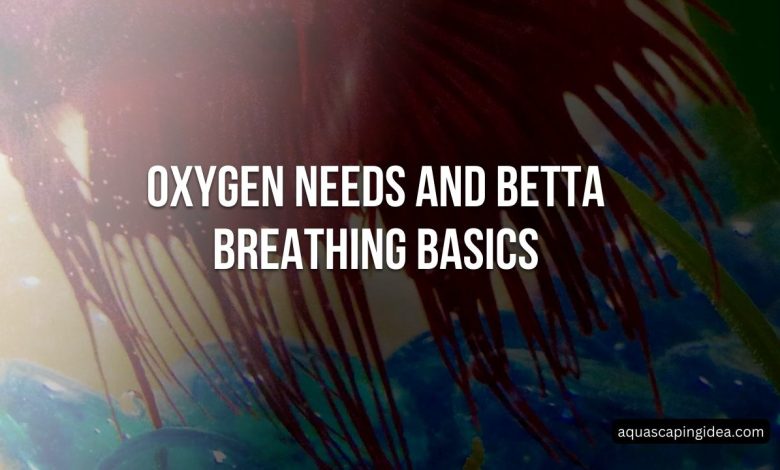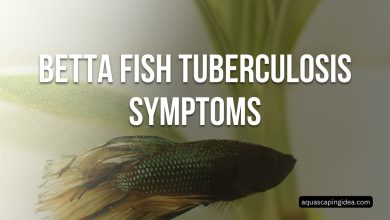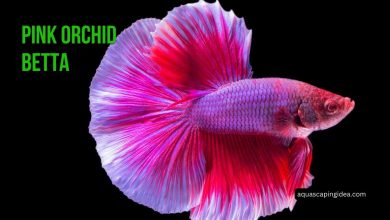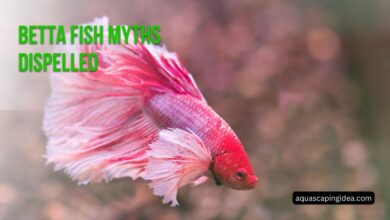Do Betta Fish Need Air Pump

Watch any betta flare and gasp at the surface, and providing sufficient “air” seems critical for our little oxygen gulpers. After all, don’t all fish depend absolutely on dissolved water oxygen to breathe? It would seem fishkeeping 101 to connect airline tubing and generators letting bubbles fly to satisfy respiratory needs of labyrinth organ breathers.
Yet surprisingly, no dedicated equipment gets air and oxygen diffusion happening within betta tanks outside of live plants. Science says spare the pumps and spoil your fish through thoughtful tank cycling, light stocking and gentle filtration instead. This article dives into betta respiration basics and confirms air devices play an optional versus obligatory role keeping our fish sufficiently oxygenated. Let the bubble bursting commence by first understanding how bettas uptake their lifesaving gases.
Oxygen Needs and Betta Breathing Basics
Unlike human lungs taking air directly down the throat, all fish absorb molecular oxygen exclusively through gills – highly vascularized tissue filaments pulling dissolved gases from flowing water. Hemoglobin molecules in circulating blood cells then bind and transport oxygen throughout the body to diffuse into tissues.
The key lies in getting enough oxygen molecules to physically dissolve in the tank water for gill uptake. Cold water holds more gas so warmer betta environments already start off oxygen compromised. Filters further enhance diffusion by churning water to expose more surface area while live plants release supplementary oxygen through photosynthesis.
This is where betta’s special backup air “lungs” shine. Their signature labyrinth organ permits direct air gulping at the surface to make up potential water oxygen deficits. So while air bubbles do push more atmospheric gas into solution short term, they don’t represent the sole lifeline as with gilled fish lacking auxiliary air breathing structures. Knowing this biology, let’s weigh whether pumps and diffusers provide critical insurance or just visual aesthetics for our dual breathing buddies.
Debunking Air Myths
Three major myths saying bettas depend absolutely on air pumps for survival require bursting with logic dissection:
Myth 1:
More bubbles equal better survival odds While oxygen infusion from air pumps seems intuitively lifesaving, too much gas supersaturation causes deadly bubbles lodging throughout circulatory vessels. Oxygen readily overloads with just gentle filter surface turbulence. Best to skip diffusers altogether than risk explosions of gas emboli!
Myth 2:
Bettas gasp more without bubbles proving necessity Labyrinth organs get blamed for gasping behavior interpreted as respiratory distress. However, bettas naturally surface gulp atmospheric air to fill their special chambers. Gulps satisfy curiosity over oxygen needs!
Myth 3:
Still water suffocates fish lacking pumps
Water movement does prevent localized stagnant deoxygenated spots and boosts diffusion. But lightly stocked betta setups rarely experience lethal drops in overall dissolved oxygen with a sufficiently powerful filtrations system churning water flow.
By debunking assumptions around air requirements in bettas, we open to reconsidering pump procedures. Next let’s explore filter alternatives that similarly oxygenate setups.
Going With the Flow: Filtration & Oxygenation
While air pumps offer one extrernal means getting oxygen infused into our betta setups, simple filtration systems provide gentle water flow with comparable gas diffusion. Here’s how:
Filter Operational Basics
Filtration relies on cycling water through layered mechanical media hosting beneficial bacterial colonies. As water passes through porous materials, toxic ammonia and nitrite waste compounds get converted by bacteria into safer nitrate. This nitrogen cycle keeps tanks detoxified without dangerous chemicals accumulation.
Oxygen Diffusion Dynamics
Water cascading through layered media gets freshly exposed to air at the outflow stream. This surface turbulence allows for oxygen absorption from room atmosphere. Filters therefore add movement also critical for gas exchange without risky supersaturation issues from bubblers.
Ideal Betta Filtration Setup
Choose an appropriate filter size rated for your tank volume with adjustable flow modifiers to create turnover at least 5 times hourly. Position the outflow to promote surface rippling. Rinse media monthly avoiding bacteria colony disruption. This gentle filtration alone oxygenates most betta setups sufficiently sans air pumps!
Monitor all tanks routinely ensuring oxygen levels exceed 4 ppm for backup assurance. Only boost aeration if readings consistently underperform.
Getting tanks adequately oxygenated without air pumps simply takes proper stocking, filtration, plants and routine testing. Next let’s solidify understanding through commonly asked betta air questions.
FAQs
Will betta fish die without an air pump in the tank?
No, as labyrinth breathers bettas directly uptake oxygen at the surface. Plus proper filters create outflow surface turbulence transferring plenty oxygen into solution without pumps.
Should I get an air stone or air pump for a betta tank?
Likely not necessary as filters diffuse sufficient oxygen alone. Air stones risk supersaturating water with too much dissolved gas leading to deadly emboli.
Can you oxygenate a betta tank naturally?
Yes! Live plants release oxygen through photosynthesis during daylight hours contributing significantly to available dissolved respiratory gases.
How often should you check the oxygen level in a betta tank?
Test oxygenation weekly when first cycling newer tanks, then monthly once filtration colonies establish to ensure stable 4+ PPM readings.
Conclusion
While pump-propelled bubbles seemingly provide intuitive life support, betta fish biology and properly balanced tank ecosystems breathe plenty dissolved oxygen into setups without dedicated airline enhancements. Stick to the water quality basics – gentle filtration, live plants, light stocking and routine testing. Avoid risky supersaturation and enjoy the visual pop aeration brings by going faux – floating bubble water beads for show sans flow! Remember, just add water, plants and a betta’s shining personality to sustain your breathtaking underwater garden.


